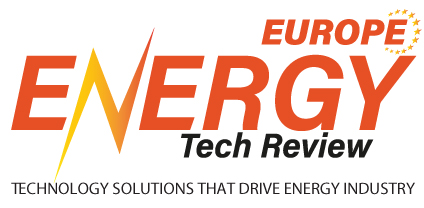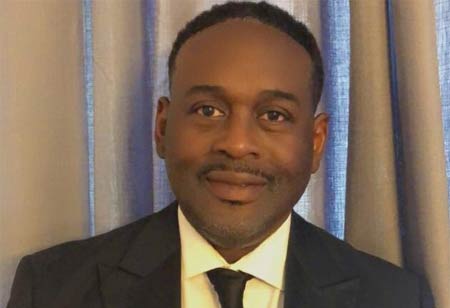The world is evolving so fast that technology is double-working just to keep up.
Innovation is front and center in the energy world. From Transmission and Distribution merging with IT/OT to Digital Transformation and Net zero, by 2050, there is a lot to take place.
Let’s not forget that A/I deployments are taking place in every industry, applications are popping up a lot, and everyone is thinking of ways to incorporate A/I.
In the midst of all this change, you have every changing workforce: baby boomers going out and GenX coming in. It’s funny how these groups are going through the same doors, but there is no knowledge exchange taking place.
To make this innovation work, it will take all of us and devices. If you just stop for one minute and think about what it takes for a human being to function in this ever-changing world, it would spin you into outer space.
Let’s take a peek at the future of energy; by 2050, there are several countries that are committed to net zero to give the world an even chance of limiting the global temperature rise to 15 C.
"The world we are living in is evolving in so many ways, and small-cell deployment will play its part, as well as Fiber Optic and microwave backhaul"
To achieve this goal, we will need devices of every kind connecting with each other.
IOT has already started to transition our lives. For instance, it has transformed our homes into smart environments with smart thermostats, lighting systems, and security cameras that can be controlled remotely through smartphones.
It has also revolutionized Health care by enabling wearable devices like smartwatches and fitness trackers to continuously monitor our vital signs.
IoT is also the backbone of smart city initiatives with connected sensors in traffic lights, waste management system, and public transportation that improve traffic flow, reduces pollution, and enhance urban living.
The world we are living in is evolving in so many ways, and small-cell deployment will play its part, as well as Fiber Optic and microwave backhaul. The key thing here is how we will embrace this change in smart cities, EVs, and AI worldwide. There are expected to be 74.5 billion IoT-connected devices by 2025 and 189.5 billion smart cities spend in 2023. kind of sounds like the Jetson cartoon, but this is real life.
As we move forward, embracing the potential of IoT will be essential for individuals, businesses, Utilities, Energy, and government alike.
Whether it’s making our home smart, revolutionizing healthcare or building more sustainable cities, devices are connecting the world one device at a time, and the possibilities are limitless.












